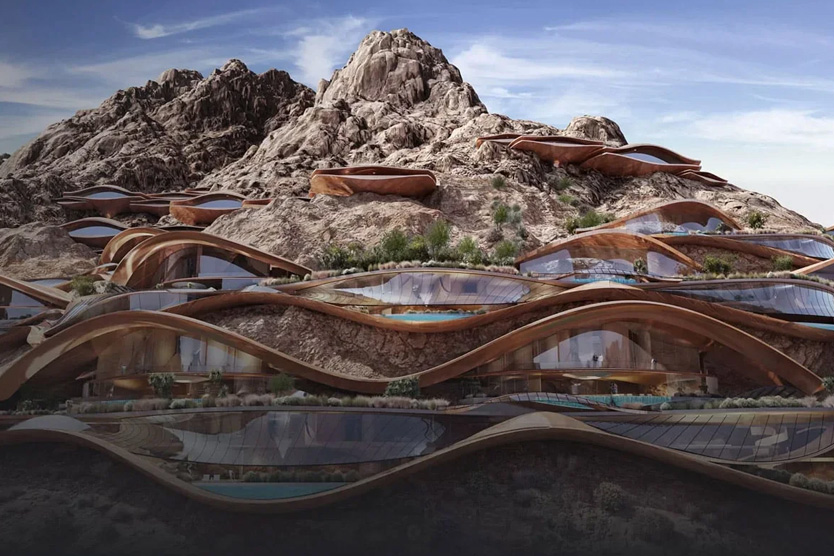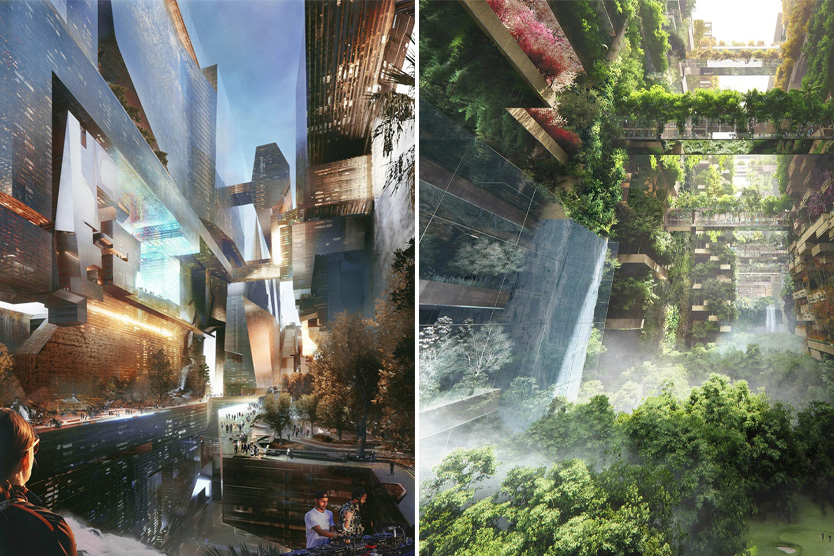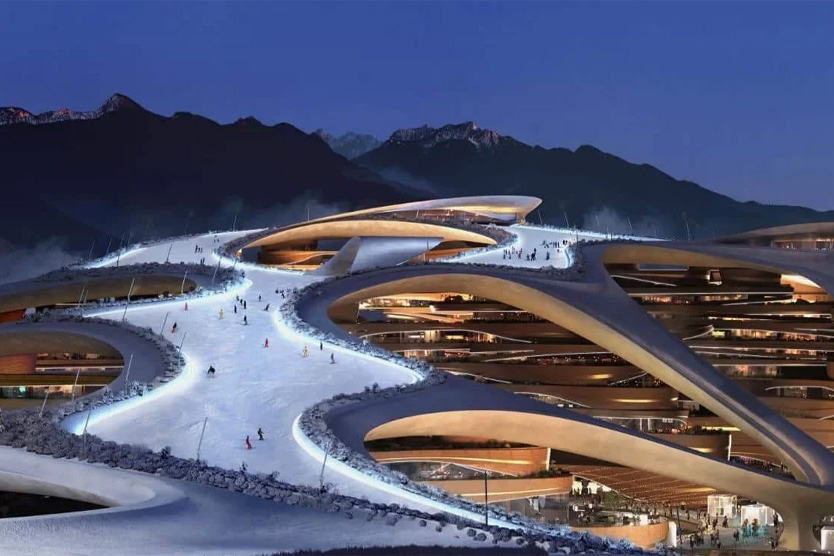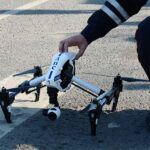In 2022, Saudi Arabia announced one of its most ambitious projects—the construction of a large-scale ski resort in the center of the desert near the Red Sea, where the Sarawat mountain range is located with elevations up to 2,600 meters. It is intended to be part of Neom—a “smart megacity” of the future being built in the northwest of the country. According to the plan, the Trojena resort will feature ski slopes on the roofs of luxury hotels, an artificial lake suspended over a mountain cliff, as well as family and wellness resorts, ice skating rinks, and a golf course among the clouds (the course is planned to be located at an altitude of 2,100 meters above sea level).
When announcing the construction of the ski resort, Saudi authorities stated that by 2030, Trojena would host up to 700,000 guests per year and contribute approximately $800 million to the national budget. Construction is scheduled to be completed by 2026 to allow time for testing: by 2029, Trojena is set to host the Winter Asian Games, which will attract tens of thousands of spectators and Olympic-level athletes from China, Japan, South Korea, India, and other countries.
However, the project, estimated to cost $19 billion, is falling behind schedule, and organizers of the Asian Games may have to consider an extreme option—relocating the competition to another country. Hosting the games is a complex task for any region, but Saudi Arabia faces an additional challenge: due to its geographical location and limited “natural” snowfall, it is difficult to match its predecessors. Authorities note that temperatures at the mountain base are about 10 degrees lower than in other parts of the country, and in winter, the air cools to below freezing.

According to sources, Trojena faces several other issues—producing enough artificial snow, pumping water into the mountains for a 2.8 km artificial lake, and constructing at high altitudes in an area with complex terrain. Nevertheless, the executive director of Trojena insists that the resort’s readiness for the Winter Asian Games is an “absolute priority” for the team. On social media, Neom has shared test runs of snow generators. Experts say that given the international significance of the sports tournament, Saudi Arabia will do everything to host it but may abandon some planned facilities and cut costs.
I think Trojena will be completed in time. It might happen at the very last minute, and people will be scrambling to meet nearly impossible demands. But it will be enough if people are settled in hotel rooms and there is enough artificial snow for a good run during the games and to capture the moment.
What is known about Neom and what the city of the future looks like
Saudi Arabia first announced the construction of a futuristic city in the desert in 2017. Neom is part of a global plan called Vision 2030, which aims to transform the country into a business hub at the intersection of Europe, Asia, and Africa and shift the economy’s focus from oil trade to tourism and culture. The city’s name is a neologism combining the Greek prefix “neo” (“new”) and the first letter of the Arabic word “mostaqbal” (“future”).

According to the prince’s vision, Neom is intended to surpass all cities in the world. It will consist of ten sectors. The key one is the horizontal mirror skyscraper The Line, which is 500 meters high, 200 meters wide, and 170 km long. The prince compared the project to the pyramids of Egypt. The skyscraper, he said, was meant to mark a “civilizational revolution” and house 9 million people by 2045. However, during work on The Line, the numbers were significantly reduced: now, only 2.4 km of the “horizontal city






